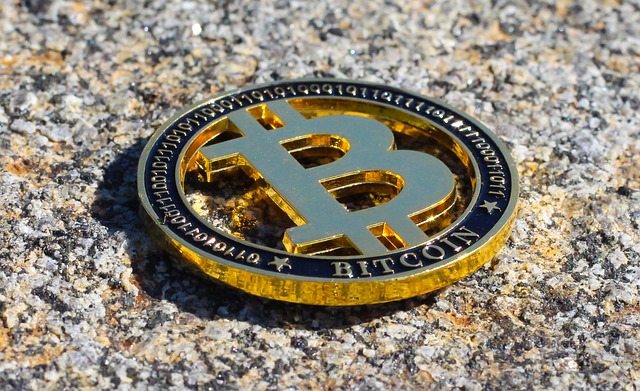Introduction
As the world of cryptocurrencies continues to evolve, one of the key components that drives the success and security of these digital assets is the process of cryptocurrency mining. In this comprehensive blog post, we will delve into the intricacies of cryptocurrency mining, exploring what it is, how it works, and the steps you can take to get started as a cryptocurrency miner.
Understanding Cryptocurrency Mining
Cryptocurrency mining is the process of verifying and adding new transactions to a blockchain, the distributed digital ledger that underpins cryptocurrencies. Miners use powerful computer hardware to solve complex mathematical problems, known as “proof of work,” to validate a block of transactions and add it to the blockchain.
The process of mining serves two primary functions:
- Transaction Verification: Miners verify the legitimacy of cryptocurrency transactions, ensuring that they are valid and not subject to fraud or double-spending.
- Network Security: By adding new blocks to the blockchain, miners help to maintain the integrity and security of the cryptocurrency network, making it resistant to tampering or attack.
In return for their efforts, miners are rewarded with newly created cryptocurrency tokens, which are generated as a part of the mining process. This incentivizes individuals and organizations to participate in the mining process, thereby strengthening the overall network.
The Hardware and Software Required for Cryptocurrency Mining
Successful cryptocurrency mining requires specialized hardware and software. The most common types of mining hardware include:
- Application-Specific Integrated Circuits (ASICs): These are custom-built machines designed specifically for cryptocurrency mining, offering superior computational power and energy efficiency compared to traditional computer hardware.
- Graphics Processing Units (GPUs): While not as specialized as ASICs, GPUs can be used for mining a wide range of cryptocurrencies, particularly those that are designed to be resistant to ASIC-based mining.
- Field-Programmable Gate Arrays (FPGAs): These are reprogrammable integrated circuits that can be optimized for specific mining algorithms, providing a balance between flexibility and performance.
In addition to the hardware, cryptocurrency miners also need to use specialized mining software, such as:
- Mining Pools: These are collaborative networks of miners who combine their computational power to increase their chances of successfully validating a block and earning the associated reward.
- Mining Software: Specialized software, such as CGMiner, BFGMiner, or ethminer, is used to configure and operate the mining hardware, manage the mining process, and interact with the cryptocurrency network.
The Economics of Cryptocurrency Mining
Cryptocurrency mining can be a profitable endeavor, but it also comes with its own set of costs and considerations. The primary factors that influence the economics of mining include:
- Energy Costs: Mining consumes a significant amount of electricity, as the computational power required to solve complex mathematical problems is highly energy-intensive. Miners must ensure that their energy costs are low enough to maintain profitability.
- Hardware Costs: Investing in the latest and most powerful mining hardware can be expensive, and miners must factor in the initial capital outlay as well as the ongoing maintenance and upgrade costs.
- Mining Difficulty: The difficulty of the mining process is adjusted by the cryptocurrency network to maintain a consistent rate of new block creation. As more miners join the network, the difficulty increases, making it harder to earn rewards.
- Cryptocurrency Prices: The value of the cryptocurrency being mined is a crucial factor, as the reward for successfully validating a block is denominated in the cryptocurrency itself. Fluctuations in the market price can significantly impact the profitability of mining.
Getting Started with Cryptocurrency Mining
If you’re interested in getting started with cryptocurrency mining, here are the steps you can follow:
- Choose a Cryptocurrency: Decide which cryptocurrency you want to mine, based on factors such as the mining algorithm, network difficulty, and potential for future growth.
- Select Mining Hardware: Research and invest in the appropriate mining hardware, considering factors like power efficiency, computational power, and compatibility with the chosen cryptocurrency.
- Set Up a Cryptocurrency Wallet: Create a secure digital wallet to store the cryptocurrency you earn from mining.
- Join a Mining Pool: Consider joining a mining pool to increase your chances of earning consistent rewards, as the computational power of the pool is combined.
- Install and Configure Mining Software: Set up the necessary mining software, configure your hardware, and connect your wallet to the mining pool.
- Monitor and Optimize: Continuously monitor your mining operation, making adjustments to your hardware, software, and energy costs to maximize profitability.
Conclusion
Cryptocurrency mining is a crucial component of the blockchain ecosystem, serving as the backbone for the validation and security of digital assets. By understanding the process of mining, the hardware and software requirements, and the economic considerations, individuals and organizations can make informed decisions about their involvement in this dynamic and evolving industry.
As the cryptocurrency landscape continues to mature, the role of mining in maintaining the integrity and stability of these digital currencies will only grow in importance. By staying informed and prepared, aspiring miners can position themselves to capitalize on the opportunities presented by this rapidly expanding field.
















Leave a Reply